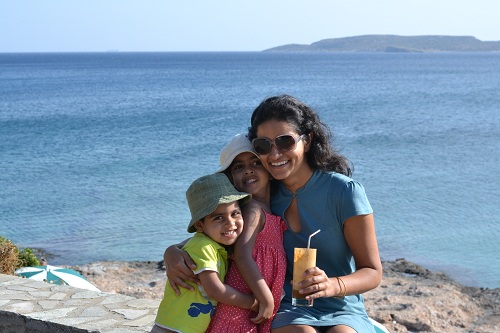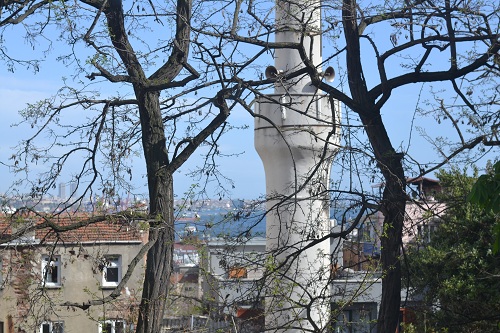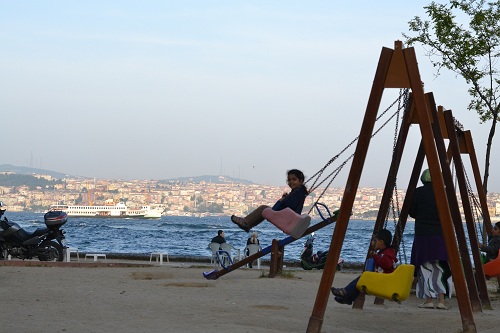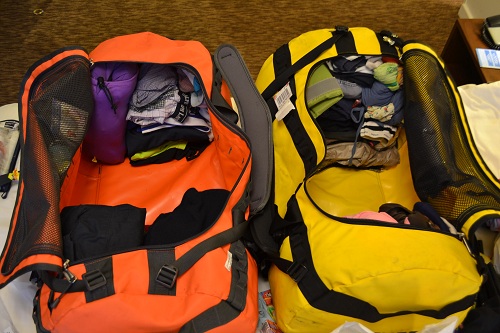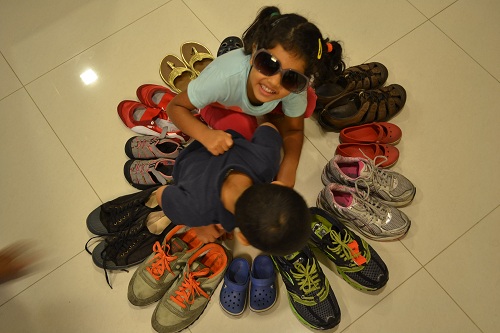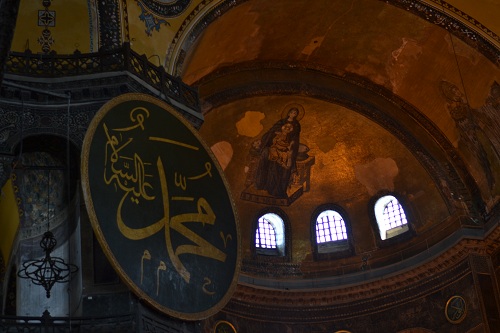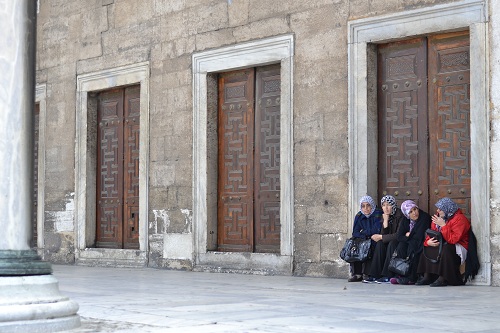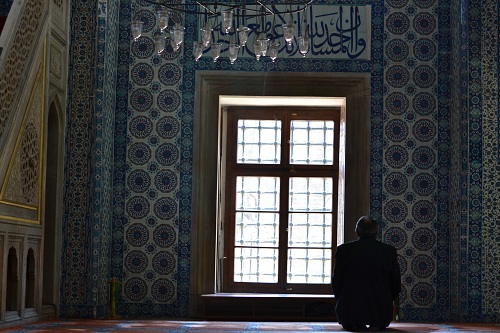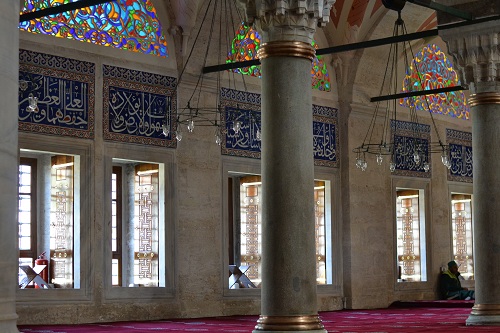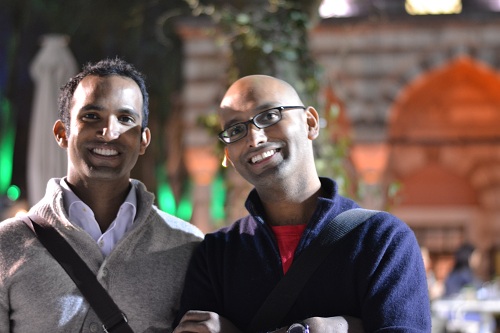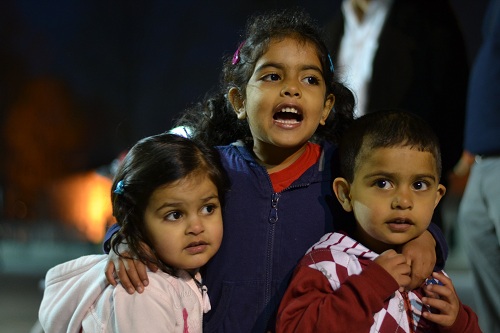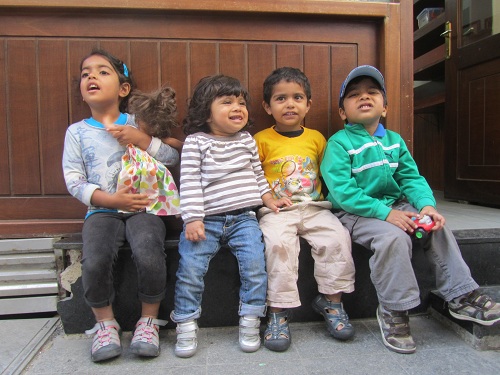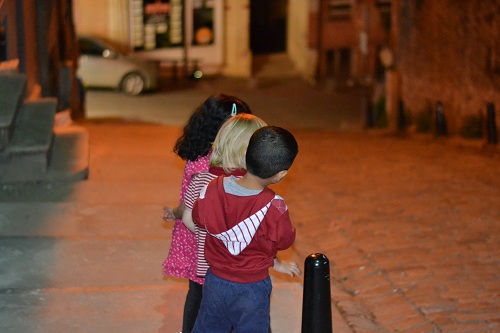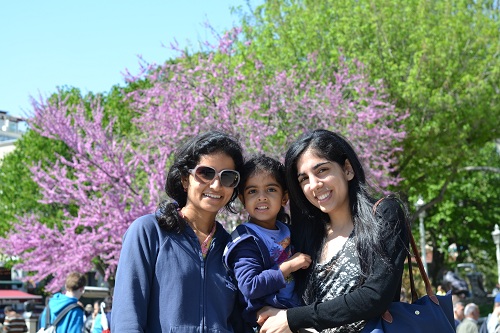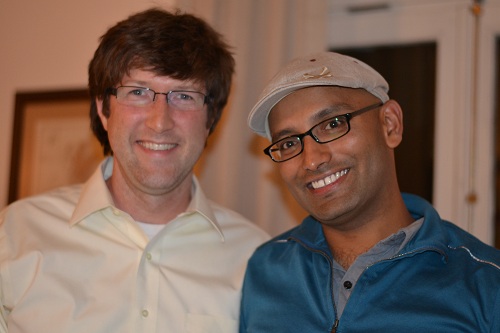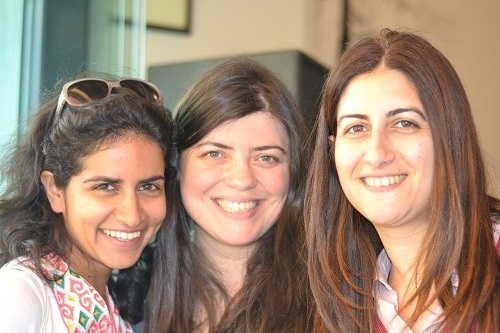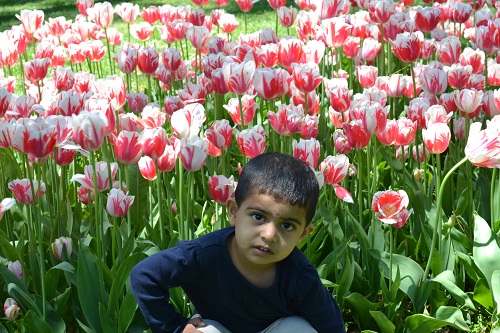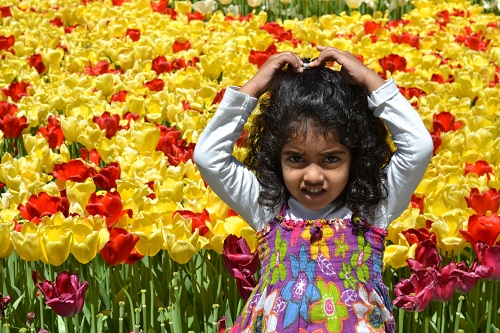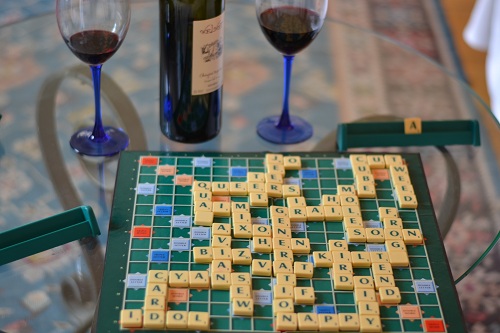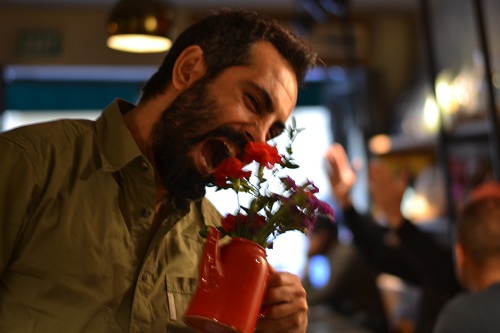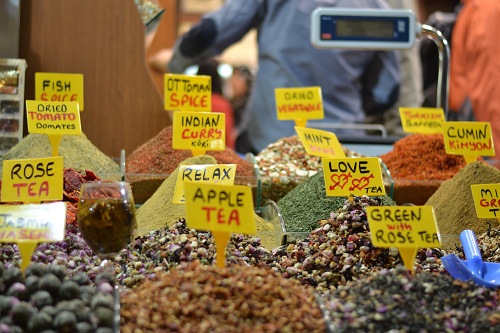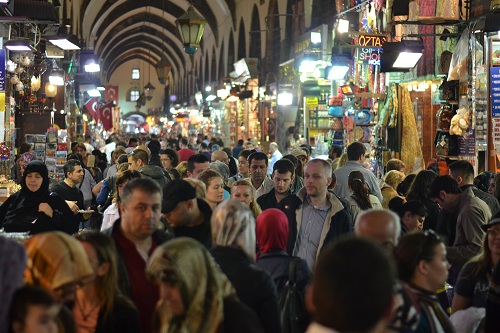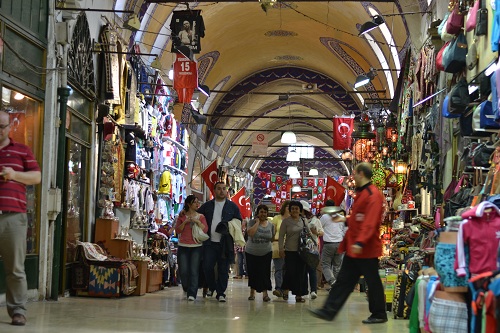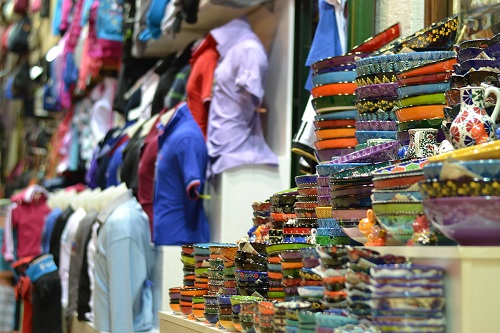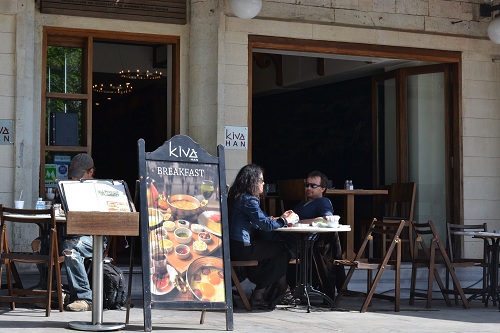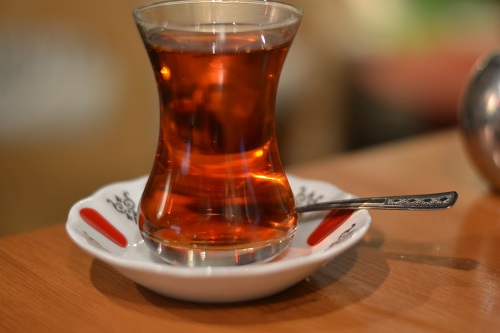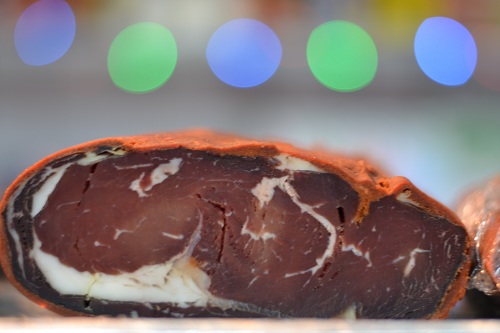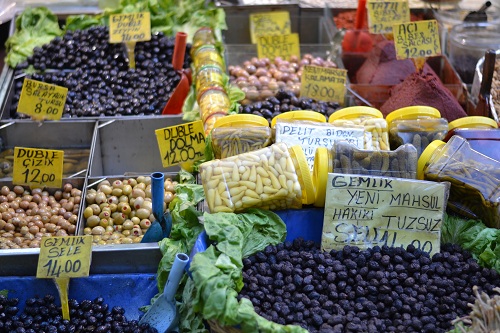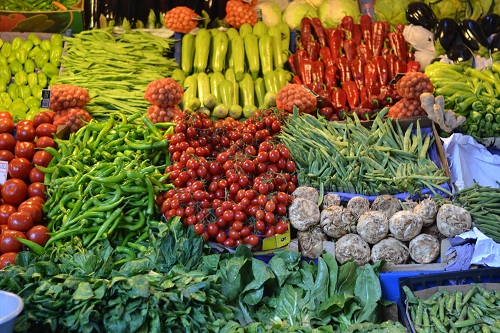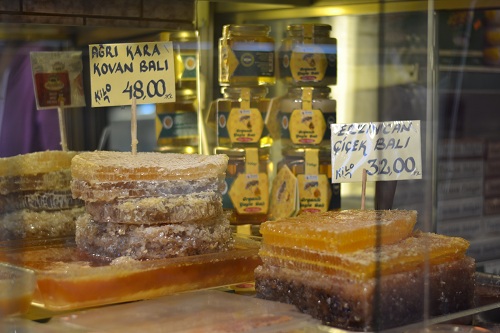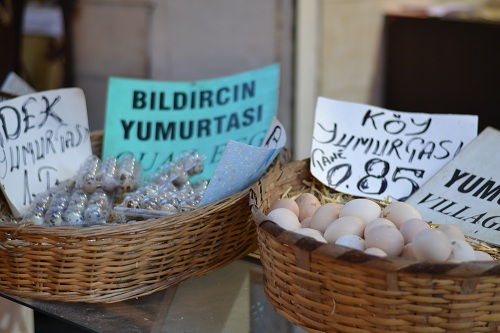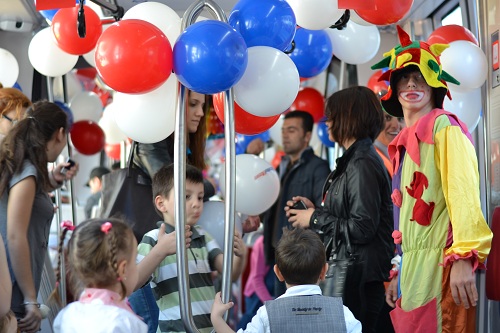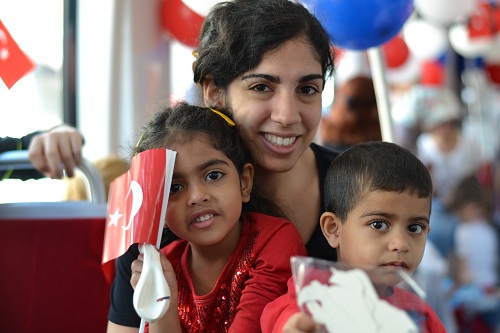We went into Turkey expecting to love Turkish coffee. What we learned is that it’s easy to go wrong with its preparation. Some establishments burn the brew and others are too hasty in its preparation, churning out a watery drink over a grimy base. Good Turkish coffee is robust and smooth, never bitter, have a frothy head and an ever so faint grainy texture. As we spend more time in Istanbul, we understood Turkish coffee and where to score a perfect cup.
Turkey, after Yemen, was one of the first countries to truly adopt a coffee culture. The Ottoman Governor of Yemen introduced the drink back home to Suleiman the Magnificent in 1543. Soon, coffee became integral to Turkish life. Throughout the day, Turkish coffee houses serve the concoction in colorful 3 ounce ceramic glasses. Turkish coffee preparation and consumption is a slow affair, so it naturally leads to a social element as well.
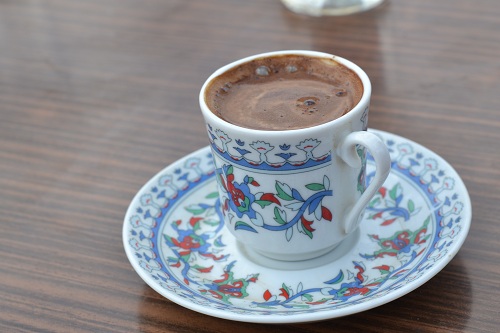
When we came to Greece, we saw what we thought was Turkish coffee. The only recognizable difference is that the Greeks serve it in white porcelain cups.
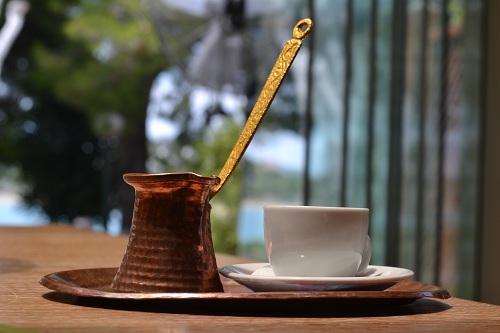
It turns out that is the only difference. For a long time, Turkish coffee was referred to as Turkish coffee even in Greece. However, when Turkey invaded Cyprus in 1974, the irate Greek government was against the use of Turkish terms. Greek coffee was born. Coffee becomes Turkish, or Greek, coffee due to its preparation, not bean variety. Most coffee is made by running hot water or steam through ground beans. Turkish coffee uses superfine grounds to avoid the filtering process. Grounds are essentially boiled and dissolved into the brew. Beware, though, not all the grounds disappear, leaving a thick base. The solution for the inedible leftovers? Fortune telling.
If you want to try your hand at Turkish, I mean Greek, coffee, you can follow the step by step instructions here.
While Greek coffee may be Turkish coffee, the Greeks do have their own unique coffee culture. It is one that revolves around frappe. In the late 1950s, a Greek representative of Nestle improvised a cold brew of coffee, water and ice. After vigorous shaking, it resulted in a super frothy foam. Today, in most parts of Greece, it is more common to see people gathered over frappes than Greek coffee.
The relaxation with which Turkish coffee is enjoyed is not lost on Greek frappes. Unlike a Starbucks pick-up, frappe consumption in Greece is a leisurely affair. The rule of thumb is one sip every ten minutes. Any faster and the barista will be offended. With Greek waters as the setting, why would you hurry anyway?
